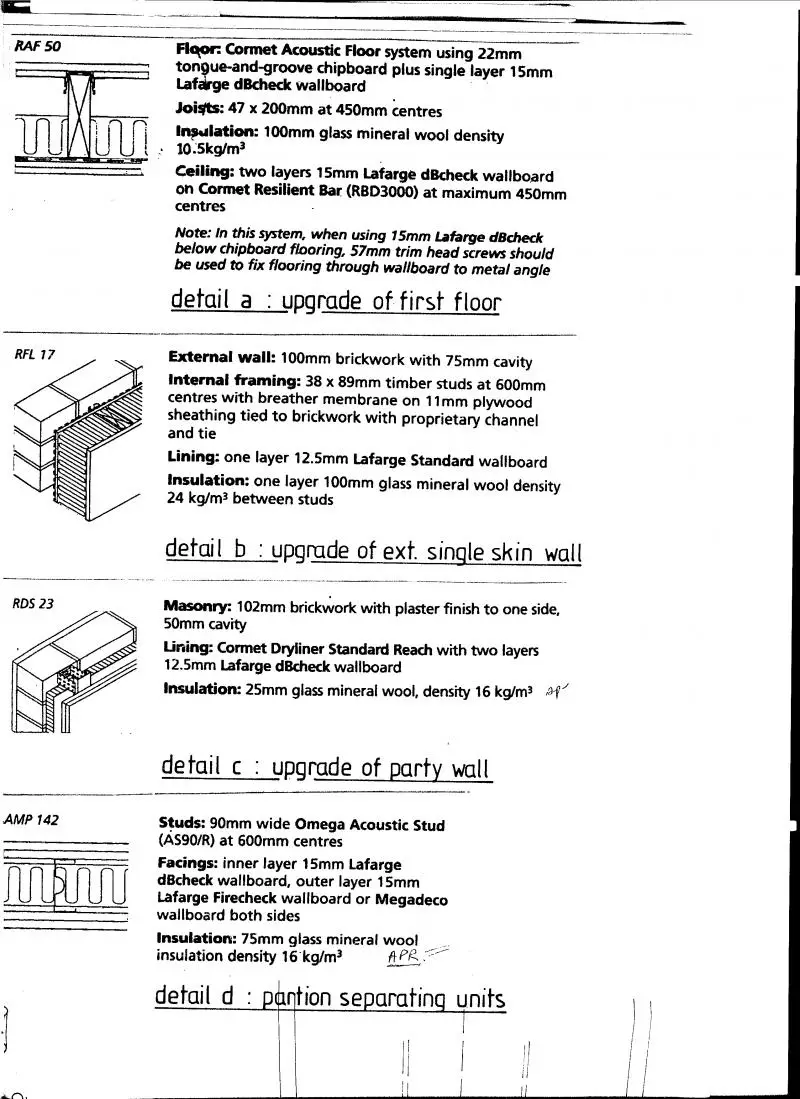- Joined
- 2 Jan 2004
- Messages
- 6
- Reaction score
- 0
- Country

Not really DIY, but I need some advice before spending a lot of cash...
I live in a Victorian semi with a single brick party wall. Almost all of our living space is connected to next door, and although our neighbours aren't particularly noisy, we do get a lot of sound transfer through the wall (barking dog, television and piano practice). I've contacted a sound insulation company (Total Acoustic Solutions) who have recommended they fit a product called GypLyner from British Gypsum on one side of the party wall. This product is an independent stud structure with acoustic quilt and two layers of plasterboard. We're ok with the reduction in room size that installing a solution like this would mean, but do these things actually work?? I don't want to shell out a lot of money for no benefit!
Many thanks.
Andy
I live in a Victorian semi with a single brick party wall. Almost all of our living space is connected to next door, and although our neighbours aren't particularly noisy, we do get a lot of sound transfer through the wall (barking dog, television and piano practice). I've contacted a sound insulation company (Total Acoustic Solutions) who have recommended they fit a product called GypLyner from British Gypsum on one side of the party wall. This product is an independent stud structure with acoustic quilt and two layers of plasterboard. We're ok with the reduction in room size that installing a solution like this would mean, but do these things actually work?? I don't want to shell out a lot of money for no benefit!
Many thanks.
Andy

